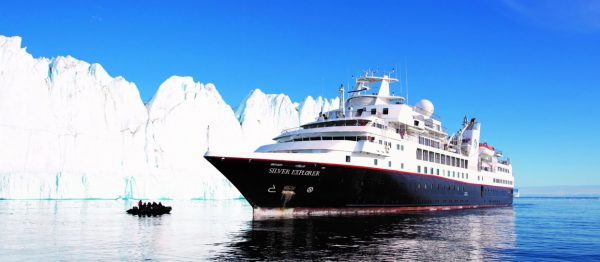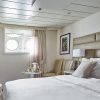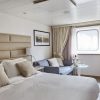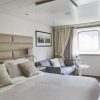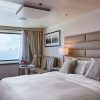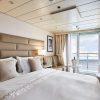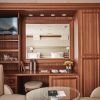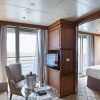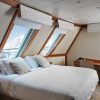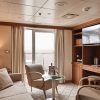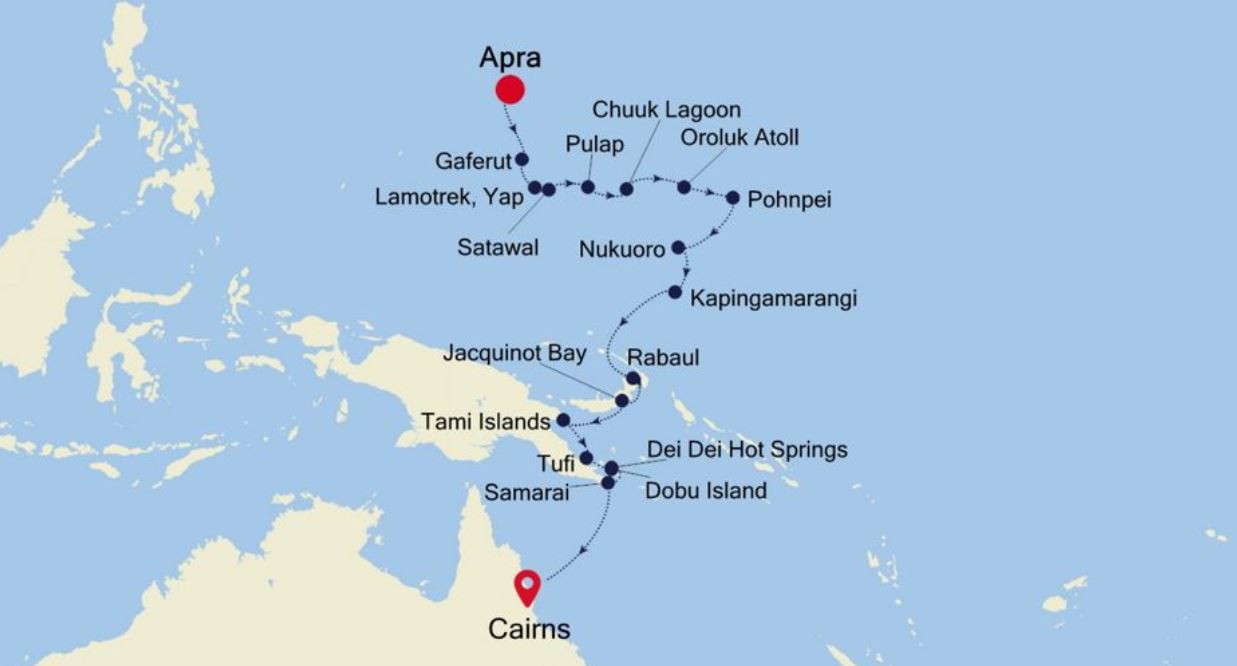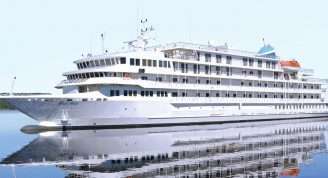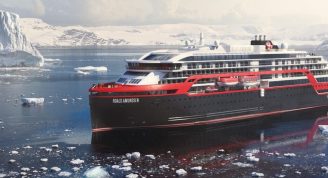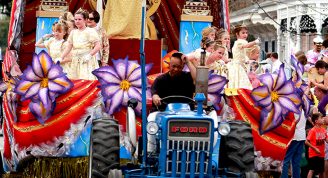Description
Unmistakably different from anywhere you might have been before, Micronesia and Papua New Guinea are rich in history and traditional legacies. Immerse yourself in a cultural tour de force during the next 19-days, experiencing diverse cultural traditions as you travel from island to island. From sailing an ocean-going outrigger to enjoying a glorious singsing in Papua New Guinea, this voyage takes interactive travel to a whole new level.
Trip Name
Apra to Cairns Expedition (Silver Explorer)
Days
20
Overview
Vessel Type: Luxury Expedition
Length: 108 metres
Passenger Capacity: 144
Built / refurbished: 1989 / 2008 / 2018
Silversea’s purpose-built luxury Silver Explorer expedition cruise ship has been designed specifically for navigating waters in some of the world’s most remote destinations, including both of earth’s polar regions. A strengthened hull with a Lloyd’s Register ice-class notation (1A) for passenger vessels enables the Silver Explorer Expedition Cruise Ship to safely push through ice floes with ease. A fleet of 12 Zodiac boats allows Silversea Expedition guests to visit even the most off-the-beaten path locations and an expert Expedition Team provides insight and understanding to each unforgettable Silver Explorer luxury cruise adventure.


